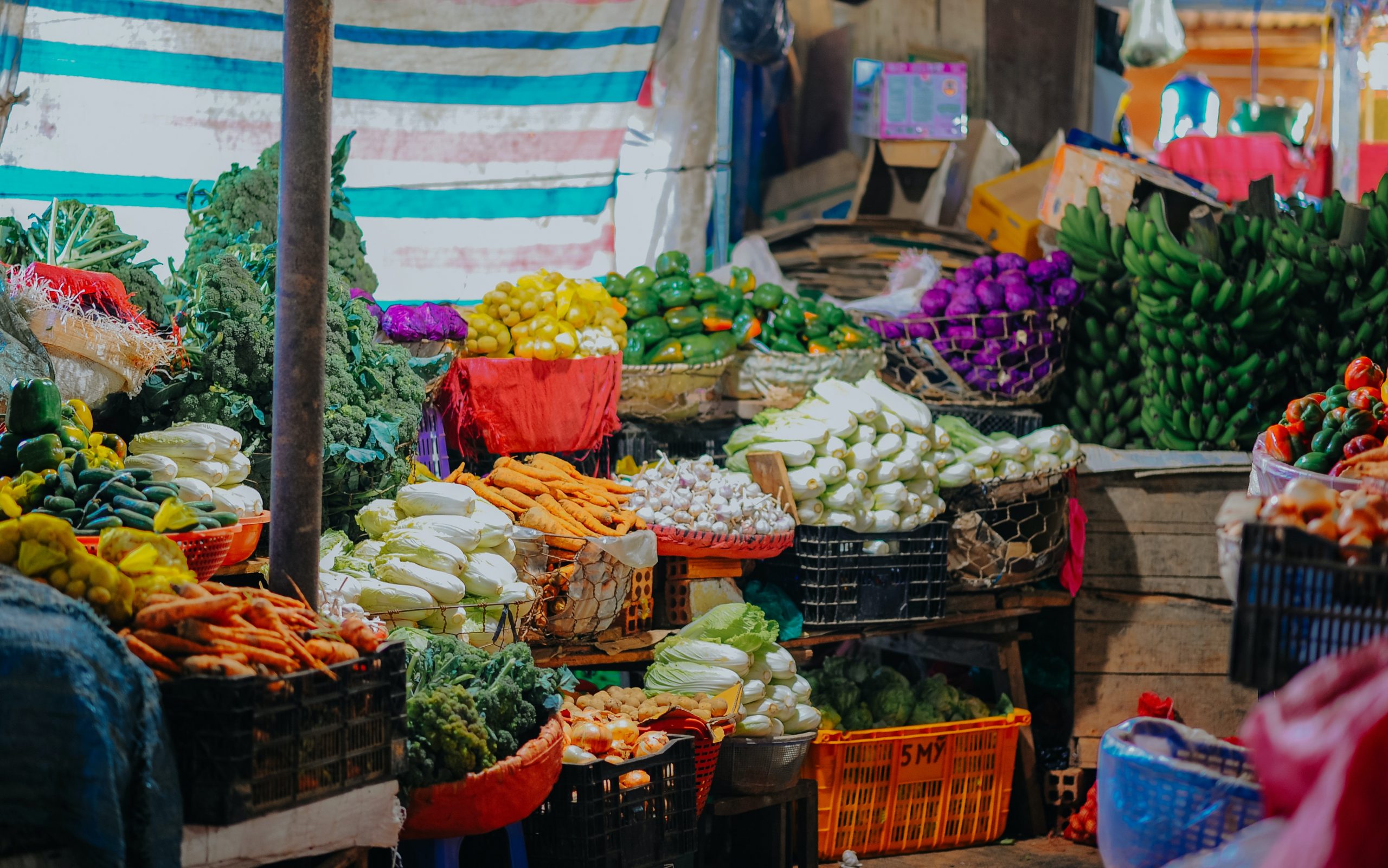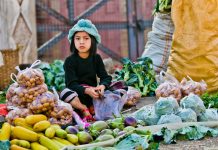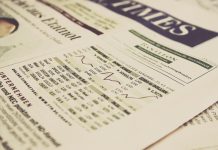
Global food prices increased for the third straight month in August, according to the Food and Agriculture Organization of the United Nations.
Global food prices reportedly hit their highest levels since February. The FAO Food Price Index monitors the global prices of the most commonly traded food products.
The increase in global food prices was attributed to strong demand and a weaker dollar, according to the FAO.
China’s Bureau of Statistics reported that the country’s food prices increased by 11.2% from a year ago in August on the back of high pork prices due to the African swine fever outbreak. Pork prices increased by 52.6% from a year ago.
Data showed that vegetable prices soared by 6.4% from July. Egg prices increased by 11.3% in the same period due to seasonal demand surpassing low inventory levels.
Experts explained that while there is no critical food shortage, farms have been affected as the coronavirus pandemic damaged supply chains and slowed down movements.
“As the coronavirus crisis unfolds, disruptions in domestic food supply chains, other shocks affecting food production, and loss of incomes and remittances are creating strong tensions and food security risks in many countries,” The World Bank previously said.
Farms
Meanwhile, a survey by agri-business Olam in July showed that over half of 2,400 smallholder farmers growing cocoa, coffee, sesame, cotton, and other crops in Africa and Indonesia experienced shortages in basic food and nutrition.
Of the farmers who responded to the survey, 70% of them said their capability to purchase food was affected as they received less income than usual in the prior four months.
“Food producers also face large losses on perishable and nutritious food as buyers have become limited and consumption patterns shift. Though food insecurity is by and large not driven by food shortages, disruptions to the supply of agricultural inputs such as fertilizers, seeds or labor shortages could diminish next season’s crop,” the World Bank said in its post.
“If farmers are experiencing acute hunger, they may also prioritize buying food today over planting seeds for tomorrow, raising the threat of food shortages later on,” the institution added.
China food prices
Amid floods and the coronavirus crisis, food prices in China rose by 11.1%, according to the National Bureau of Statistics weekly data from the Ministry of Commerce.
Data showed that food prices in China increased by 11.1% in June from a year ago while prices of agricultural products soared by 1.2% in the week ended July 5 from a week ago.
Moreover, prices had a 0.8% increase in the week through Sunday, based on the Commerce Ministry data issued Tuesday.
Authorities are watching food prices as they are considered critical in maintaining social stability.
The coronavirus pandemic has badly affected the food and beverage industry due to measures aimed at curbing the virus that disallowed people from going out to eat. Many people also preferred ordering food online or cooking at home.
Meanwhile, data from Qichacha, which runs a Chinese business information database, revealed that in the first half of the year, 105,800 food and beverage-related businesses shut down or suspended operations, with more than 70% of the closures taking place in the second quarter.






